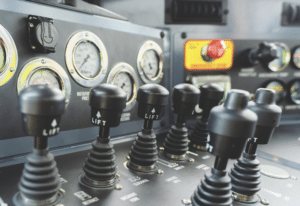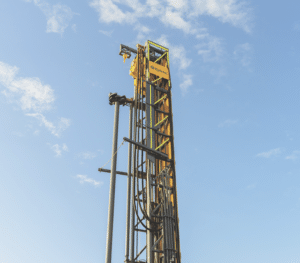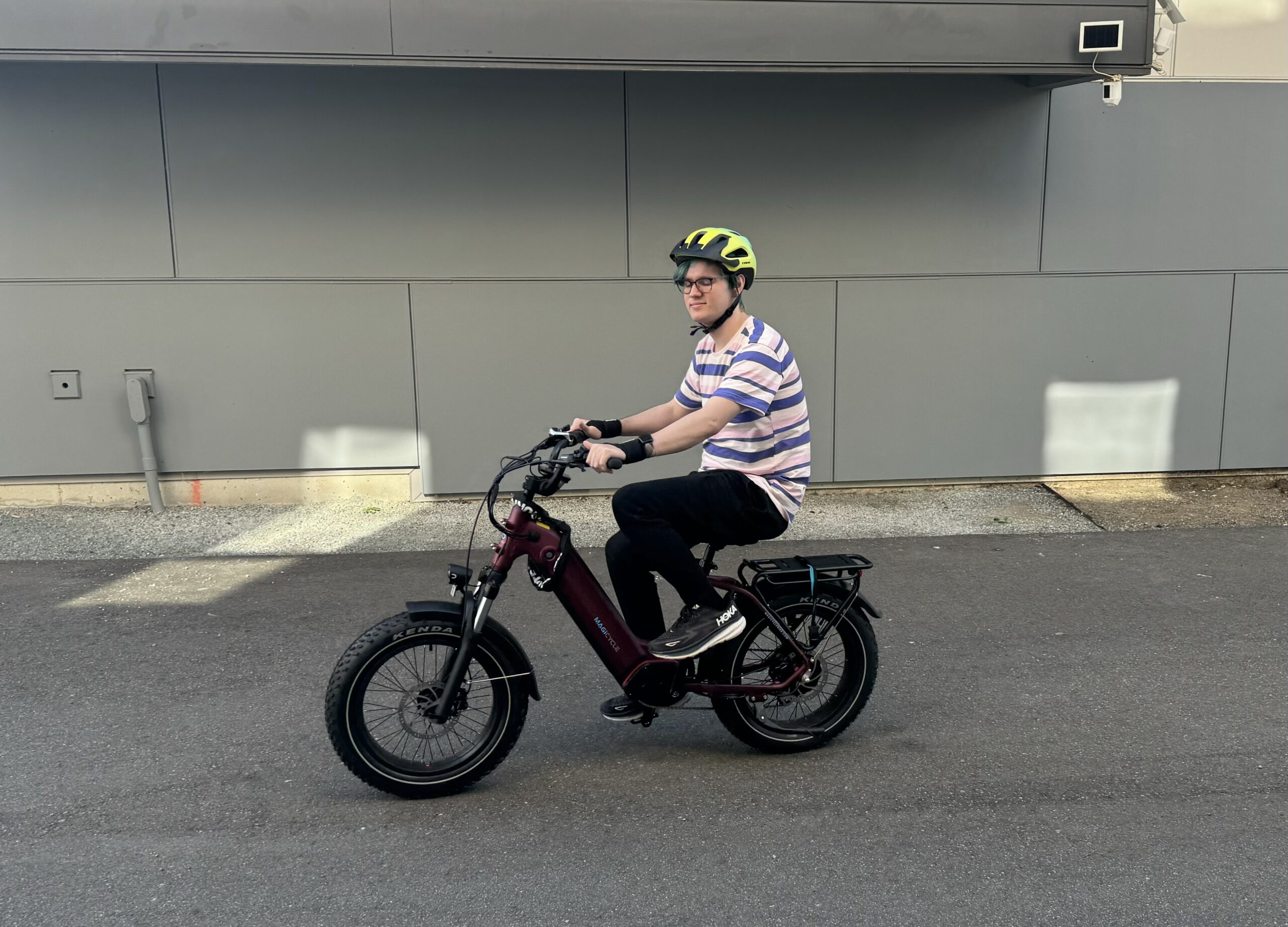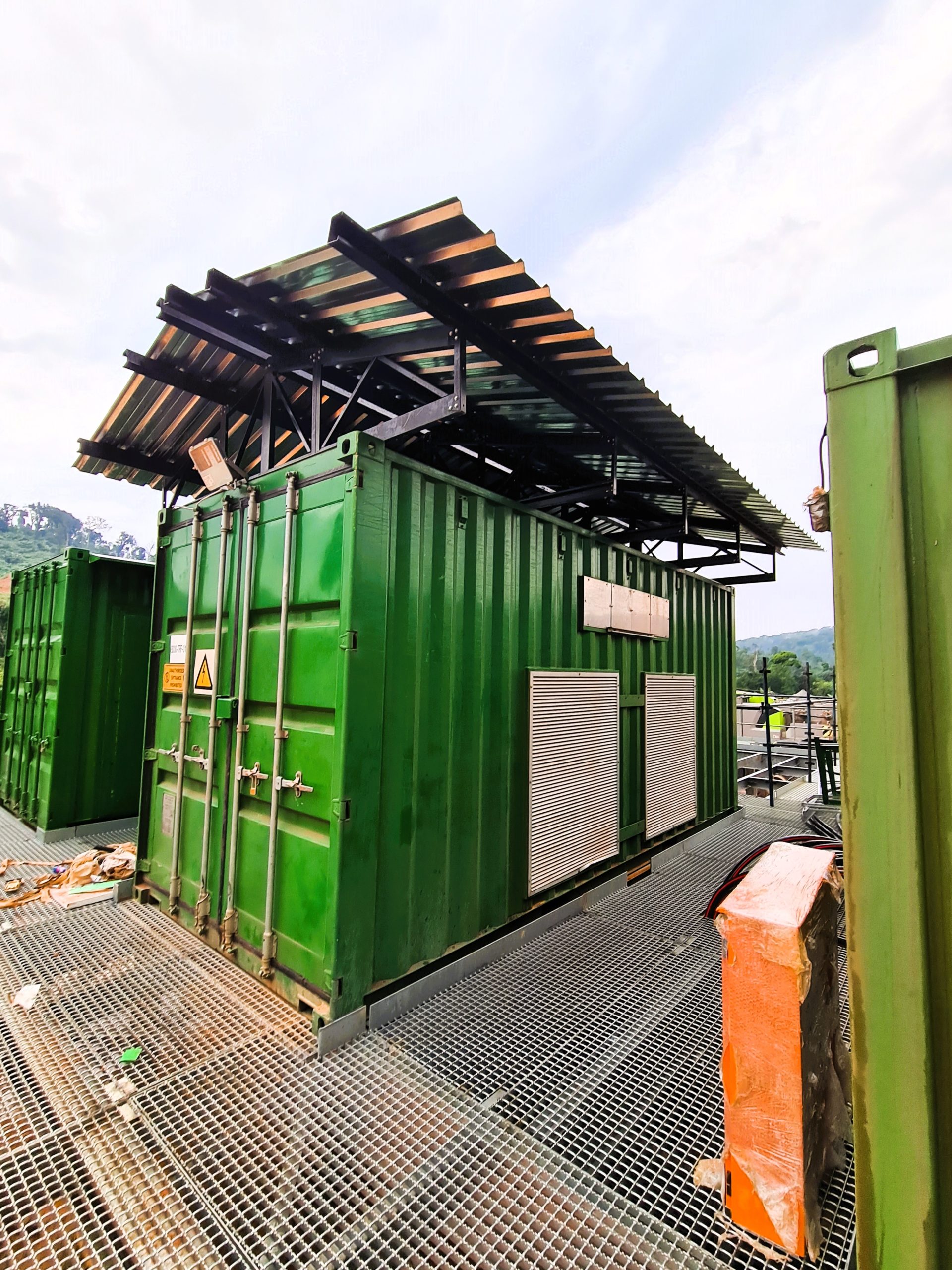One of the global mining industry’s most legendary drill rigs has been revitalised. Australian Mining takes a closer look at Epiroc’s evolving Drill Master range.
As one of the world’s leading drilling manufacturers and suppliers, Epiroc has a knack for developing new solutions just when its clients need them most.
Whether it be the Simba, Boomer, Explorac, SmartROC or Pit Viper, Epiroc has engineered drill rigs for every application in the mining sector. And it has engineered them expertly, with Epiroc products some of the most sought-after on the global mining stage.
In the same family as the Pit Viper range is Epiroc’s Drill Master (DM) series, suitable for rotary blasthole drilling applications.
The DM range now spans seven different models, with the most recent iteration – the DM30 XC – launched in 2022, demonstrating the enduring legacy of this series of machines.
As Epiroc puts it, the DM series is “a legend in the drilling industry”.
One of the most reliable DM machines – the DML – has carved out its own reputation for being the mining industry’s go-to rotary drill rig when it needs a heavy-duty solution for the toughest of conditions.

One Epiroc customer, which has been partnered with the Swedish original equipment manufacturer (OEM) since 2012, had been a long-time user of the SmartROC D65 crawler drill. But when the miner was after a new fleet of platform drills, it turned to the DML.
Product manager – automation DS for Epiroc Australia’s surface division, Paul Skaife, told Australian Mining the customer was initially deciding between a Drill Master or Pit Viper drill rig, but they ultimately opted for the DM range as it was best suited to its operation.
The customer purchased the DML rigs in 2022, and after being transported to Perth from Epiroc’s drilling factory in Texas, the machines were modified to ensure they were compliant with Australian standards.
Skaife said the DML was going to be able to deliver the customer enhanced performance, safety and reliability compared to its existing fleet.
“The DMLs will drill production holes in low-risk areas,” Skaife said. “They’ll drill holes more accurately and efficiently not only because of the DML’s superior capacity but also because the machine has been tailored to the operation’s unique specification (spec).”
While the SmartROC D65 has been a more suitable option for the customer in high-risk locations, given it’s a smaller tele-remote rig, the DML is important for situations where drill volume is key.
The DML can also be modified to have tele-remote capabilities if and when required. This can be done by harnessing the smarts of Epiroc company Remote Control Technologies, which the OEM acquired in December last year to boost its automation capabilities.
The DML range is one of Epiroc’s most proven drilling platforms, but the emergence of the Pit Viper, as well as the success of Epiroc’s broader drill range, has seen many customers go for alternative options in recent times. But a DML resurgence is occurring.
“The Drill Master range has a cult following,” Skaife said. “Many operators learned to drill holes on a Drill Master because they are everywhere – there are hundreds of DMLs operating globally, with a significant number in Australia.
“But we haven’t sold any DMLs to the Australian market for a while, which is why this recent order is so significant. The customer’s decision to purchase the DMLs shows that the range is still well and truly alive.”

Skaife explained the level of spec Epiroc was able to achieve with this order is further proof of the DML’s capability.
“The DMLs being delivered to this customer, there’s been nothing like them historically,” he said. “These machines have full 360° walk-around decking, RCS (rig control system) and HNS (hole navigation system).
“We’ve spec’d the DMLs up with a compressor that is perfectly matched to the customer’s HNS hardware. It will create higher hammer pressure, increasing penetration rate via pure mathematics, so the customer will see operational and production improvements via the hardware, which boosts overall drilling efficiency.”
But it’s not just about what a drill operator can achieve in the cab. The data that can be communicated to the office to ensure drill plans remain on-track is also vital.
“Through the RCS, the DMLs are fitted with surface manager, which is our data collection software,” Skaife said. “Surface manager is linked to the drills for the purpose of data collection and performance monitoring, meaning management can communicate to the operator about drill performance and make any changes to the drill plans in real-time.”
By achieving the right spec, Epiroc is not only fitting out the DMLs with the latest advancements but also tailoring the machines for the miner’s specific operating conditions.
“There’s a few dot points that we cover off when we first start talking to a customer,” Skaife said. “We really need to understand their resource, we need to understand their ground hardness because that determines the drilling type, whether it’s high- or low-pressure compressor drilling.
“We need to understand their hole size, because this is directly related to the amount of air they need, and we also need to know their drilling depths.
“If a customer is only going to drill 12m as their full depth, then you will pair up a single-pass drill which has a longer tower. But because these DMLs are drilling to 18–20m deep, we have gone with a multi-pass drill.”
The DMLs have also been fitted with the relevant safety systems.
“If the operator is trying to tram the drill into an area that is undulating or the gradient goes beyond what the drill is rated for, the drill will stop based on set points,” Skaife said.
“And the information available via the rig control system alone wipes other drills off the planet as far as technology and operational assistance, boosting operator awareness and understanding.”
The DML also has a falling object protection system (FOPS) cab with safety glass, remote hydraulic tower pinning, a pulldown over-centre valve, and levelling jacks and load-holding valves. The machine also features guards on rotating parts and can conduct automatic safety shutdowns if there are abnormal temperature or pressure readings.

Skaife said the customer will benefit from all the attributes that have made the DML so legendary, with modern advancements to boot.
“This is the right machine for the right customer, targeting improved productivity, safety and reliability,” he said. “The included technology and performance will be far superior than what the customer had been using previously.”
While the Pit Viper has turned heads across the Australian mining industry for its technological and operational excellence, the DML still has an important role to play for Epiroc customers, with the machine suitable for any mining operation nationwide.
And the spec Epiroc achieved with the recent DML purchase not only demonstrates the rig’s potential, but also the OEM’s capacity to create a tailor-made machine for the customer and its operation, however operationally or technologically advanced they might be.
For many operators, the DML was the original drill rig, assisting and educating them to become the operators they are today. Its legacy is strong, and the machine is evolving with Epiroc’s own automation and digitalisation advancements.
As an Australian miner takes on a new fleet of Epiroc DMLs, the blueprint is set for others to follow, with growing evidence to show why the DML is just as capable as it’s always been.
This feature appeared in the August 2023 issue of Australian Mining.




